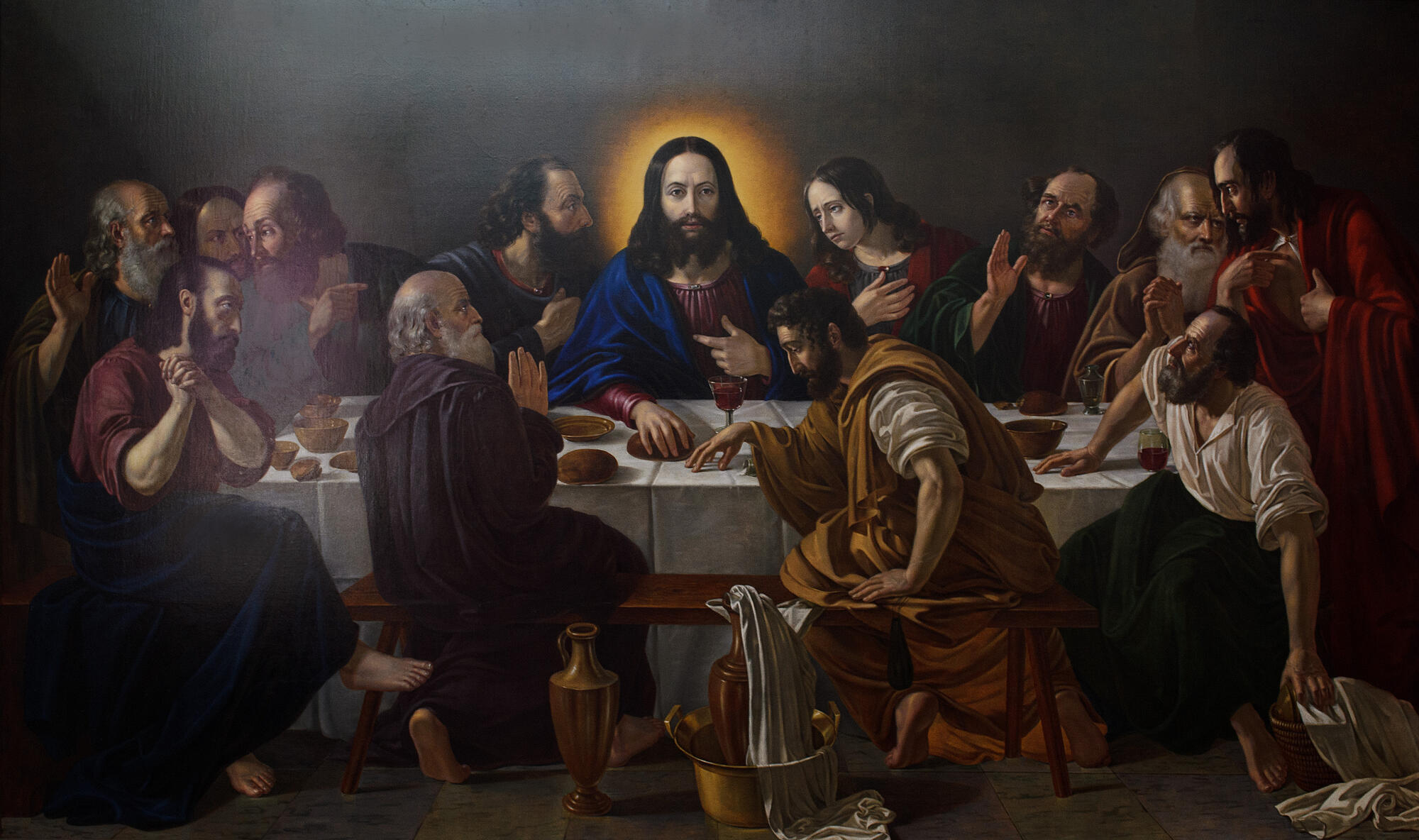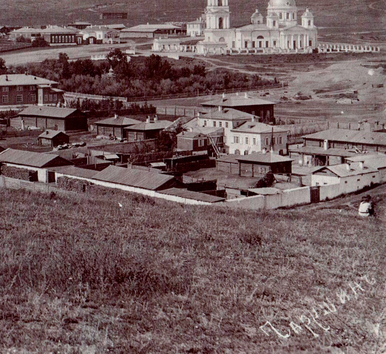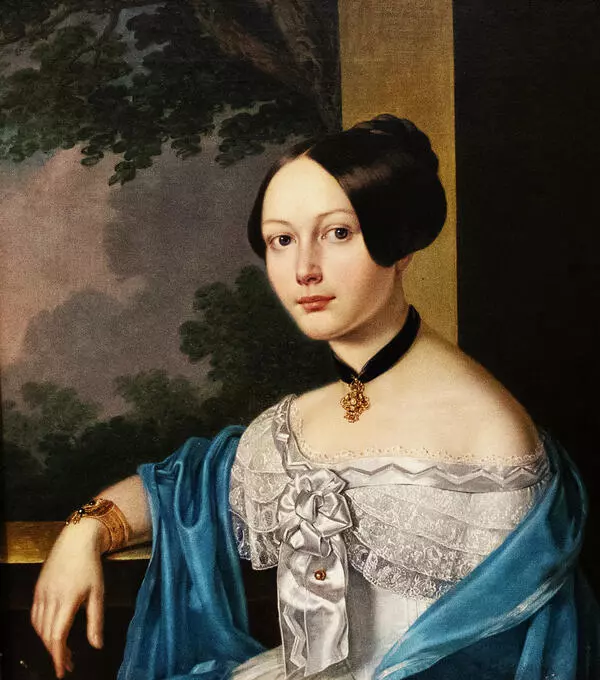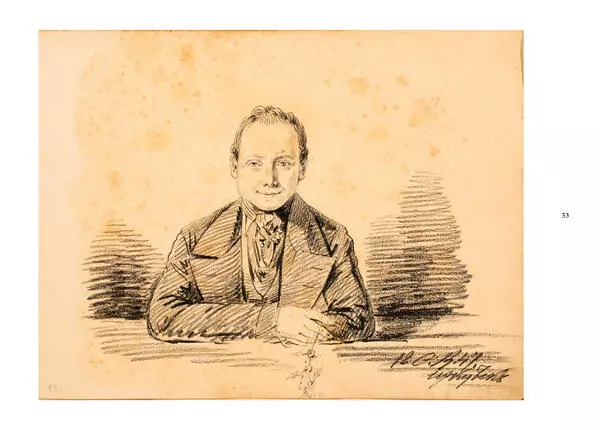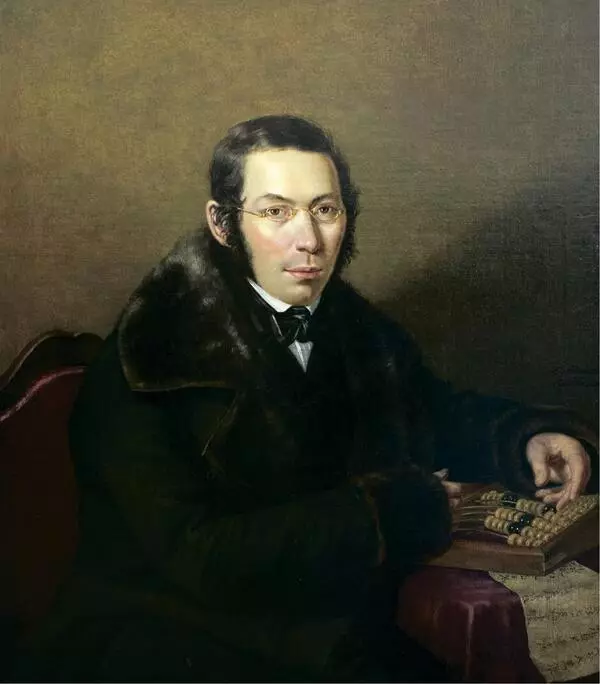In 1838, the construction of the white stone Resurrection Church was completed in the Kyakhta settlement, with chapels of Our Lady of Kazan and St. Nicholas the Wonderworker. Nowadays, the Resurrection Church is considered an outstanding architectural monument of Russian classicism.
After the church was built, local merchants started looking for an artist to paint the icons. They chose Carl Yakovlevich Reichel. Born in Warsaw, the future artist was named Carl Christian Philip Reichel. His father was of German descent. The family moved to St. Petersburg in 1800. Just a year later, Carl enrolled at the Imperial Academy of Arts to study the art of portraiture.
In March 1847, Carl Reichel received an official commission from Nil, Archbishop of Irkutsk, to paint the altar of the Resurrection Church in Kyakhta. Late in the fall, he began to paint the icons. The artist completed his work by May 1851. Reichel painted icons for all the altars. A photo by Nikolay Charushin has been preserved, which shows the main altar of the church and is a testament to the grandeur of the project.
In 1853, while in Irkutsk, Carl Reichel was commissioned to paint the icon “The Last Supper”. This is evidenced by the inscription, “This icon was designed and painted by Carl Reichel. Irkutsk, 1853”. The icon entered the Kyakhta Museum in December 1930 after the Resurrection Church was closed.
Jesus’ head is surrounded by a halo. He wears a red robe and a dark blue himation. The background is dark and smooth. The icon depicts the moment when Jesus announces that one of the apostles will betray him.
Carl Reichel placed the apostles at the table in such a way that all their faces are visible. Judas holds a small sack in his left hand. His right elbow rests on the table. According to the Bible, Jesus predicted that his betrayer would reach for a piece of bread at the same time as him. Jesus points to the bread and wine which symbolize his body and blood which after his crucifixion and resurrection would become the “spiritual food and drink” for those who believe in him.
The icons were exhibited at the Resurrection Church and the Kyakhta Museum of Local Lore, and the main icon “The Last Supper” was later displayed in the museum’s Orthodoxy Hall. There it was noticed by the family of the head of the Republic of Buryatia, Alexey Tsydenov, during an unofficial visit to Kyakhta, which resulted in the icon being taken to Moscow for restoration in 2019.